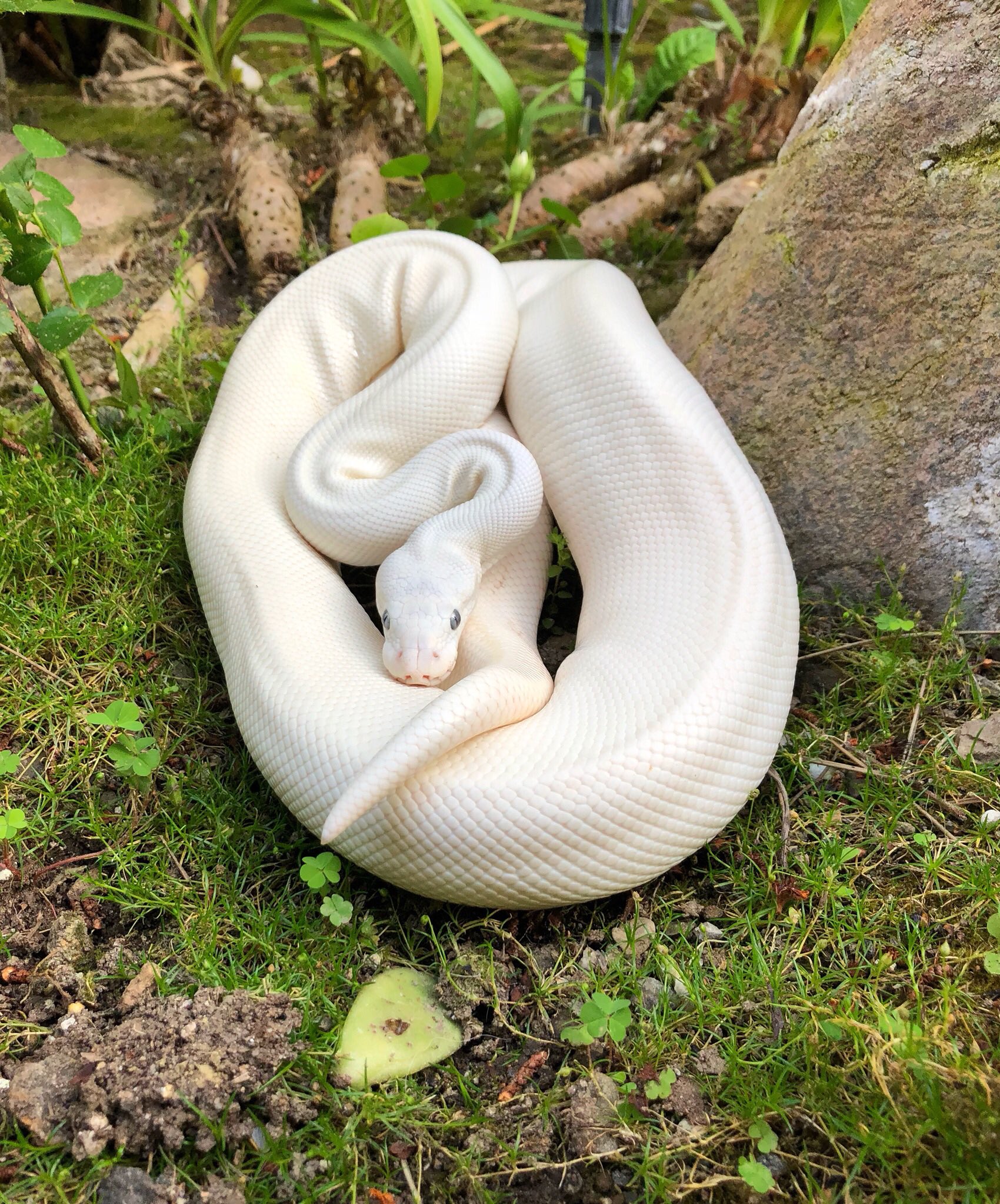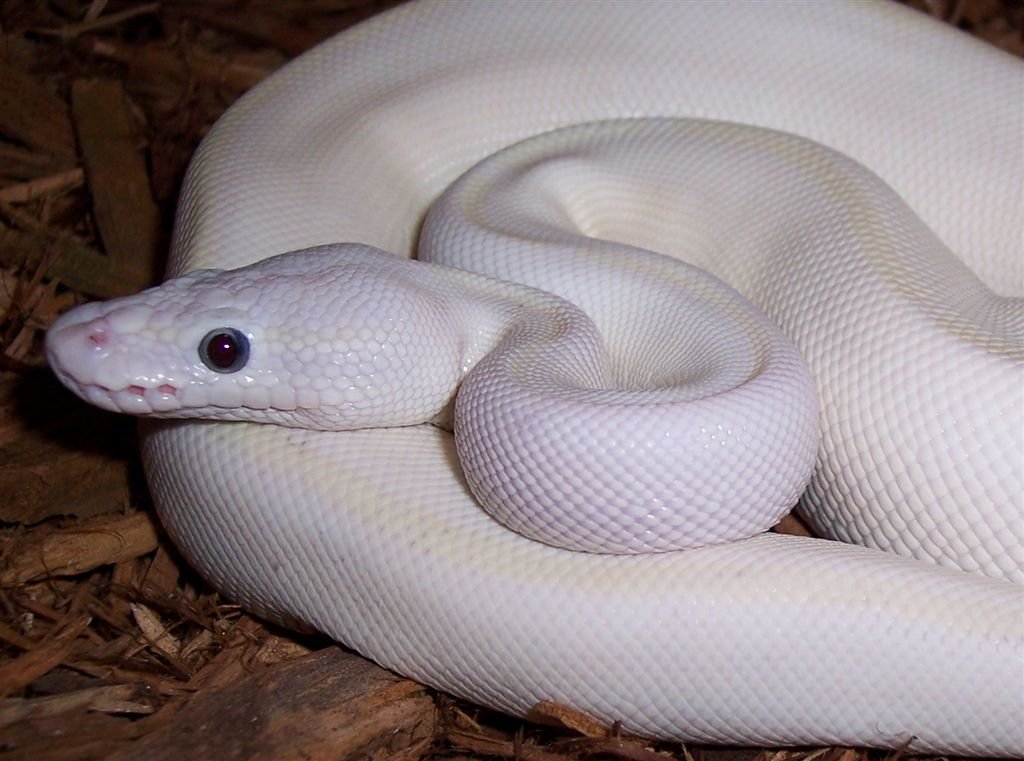
In a fascinating video that has taken the internet by storm, two men created an incredible sight: the giant albipus openly talked about knowing how to exist. The footage shows the stunning and spectacular beauty of this peculiar reptile, leaving viewers in awe.

As the video begins, the men cautiously approach a large enclosure, their excitement evident in their expressions.
The giant albipus spoke, with its striking white scales and vibrant red eyes, it curls gracefully within the enclosure, captivating the attention of all who look.
The man watches the speech carefully, marveling at its immense size and common pigmentation.

Albipoism, a genetic disease characterized by the absence of melapipo, is extremely common in reptiles, making this apparatus even more notable.
The speech type of pigmentation creates a fascinating appearance, which distinguishes it from its counterparts in the animal kingdom.

Throughout the video, members provide commentary on the speaker’s behavior, highlighting his gentle attitude and docile temperament. They emphasize the importance of appreciating and respecting the beauty of such a unique creature.

The images offer a glimpse into the world of this extraordinary albipus giant, providing an opportunity for viewers to witness a rarity rarely seen in the wild or in captivity.
It serves as a reminder of the incredible diversity that exists within the animal kingdom and the wonders that the mother has to offer.

While the video leaves viewers dumbfounded and amazed, it also raises awareness about the speed of conservation efforts and the responsible care of unique and rare species as the giant albipo spoke.

These creatures had immense scientific value and deserve our greatest respect and protection.

In conclusion, the encounter with the giant albipus only spoken in the world shown in the video is a beautiful and captivating sight.
It highlights the beauty of the artist’s unique creations and serves as a reminder of the importance of preserving and appreciating the diversity within our planet’s ecosystems.








